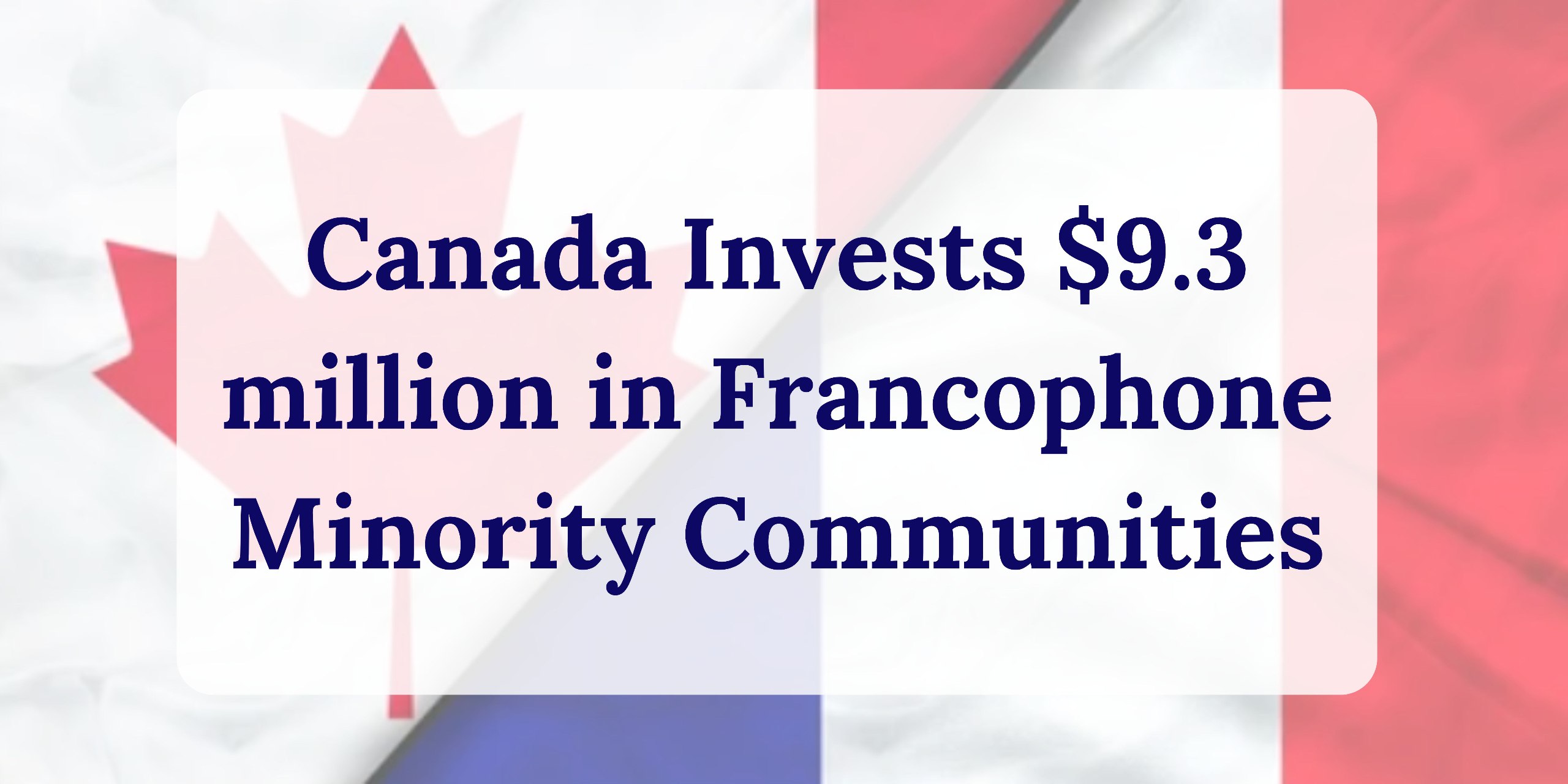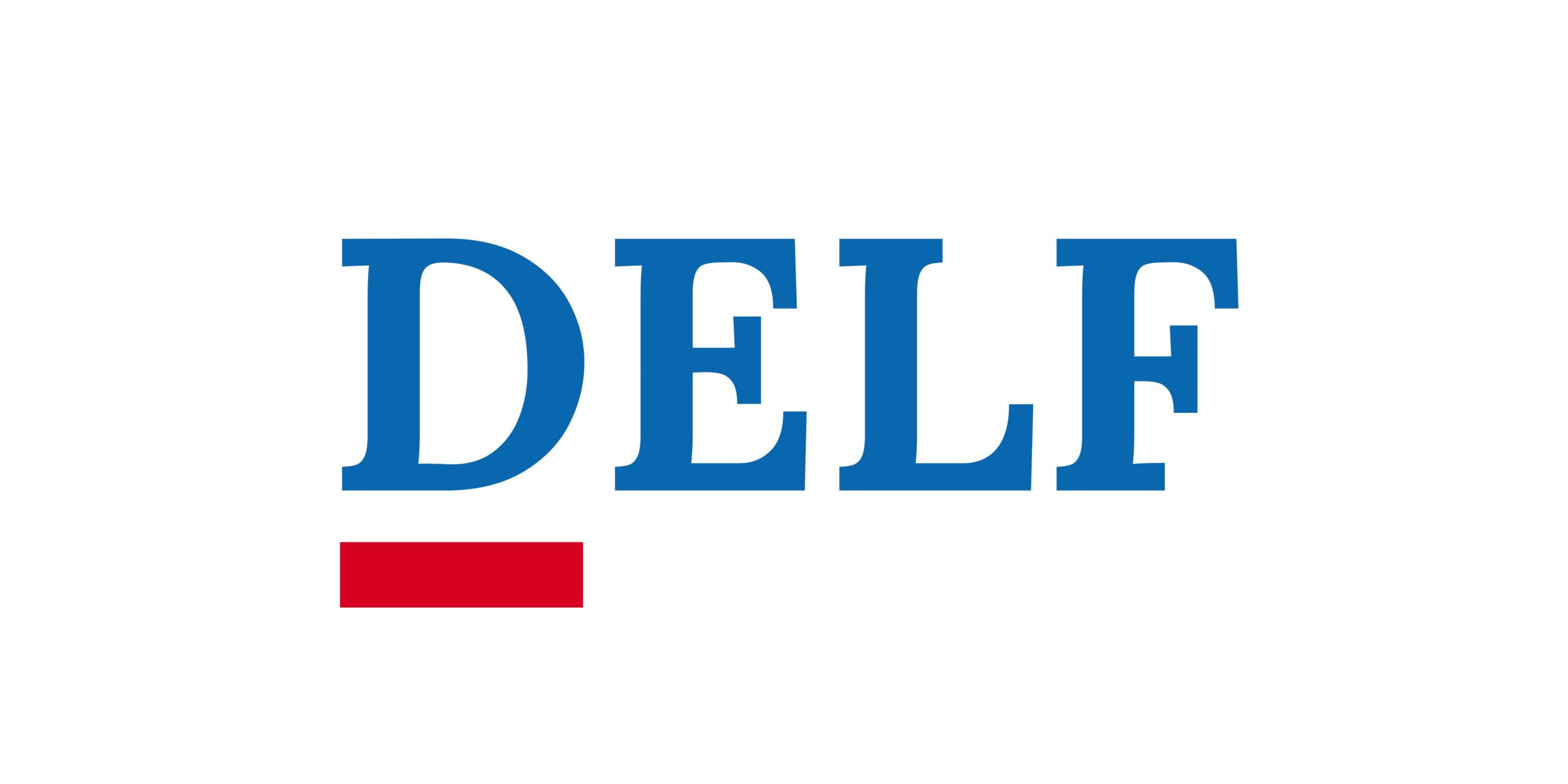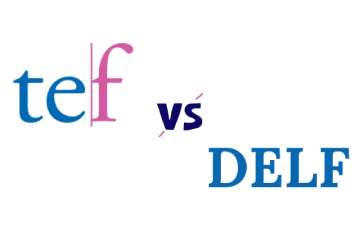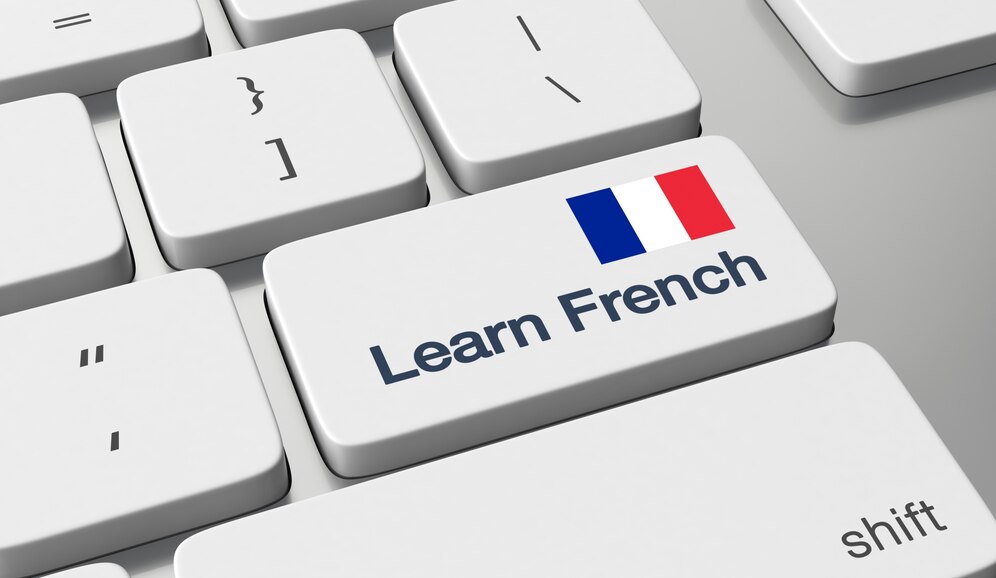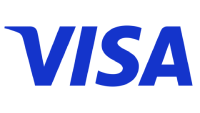
The available math courses include:
• Analysis and Approaches
• Applications and Interpretation
Both courses are offered at Standard Level (SL) and Higher Level (HL).
These courses aim to enable students to:
• Develop mathematical knowledge, concepts, and principles
• Foster logical, critical, and creative thinking
• Enhance their abilities in abstraction and generalization
The assessment objectives are the same for both Mathematics: Analysis and Approaches and Mathematics: Applications and Interpretation:
1. Knowledge and Understanding: Recall, select, and use mathematical facts, concepts, and techniques in various familiar and unfamiliar contexts.
2. Problem Solving: Recall, select, and apply mathematical skills, results, and models in both abstract and real-world contexts to solve problems.
3. Communication and Interpretation: Translate realistic contexts into mathematical terms, comment on the context, create mathematical diagrams, graphs, or constructions on paper and with technology, and document methods, solutions, and conclusions using standardized notation and terminology.
4. Technology: Use technology accurately, appropriately, and efficiently to explore new ideas and solve problems.
5. Reasoning: Develop mathematical arguments using precise statements, logical deduction, inference, and manipulation of mathematical expressions.
6. Inquiry Approaches: Investigate unfamiliar situations, both abstract and real-world, by organizing and analyzing information, making conjectures, drawing conclusions, and testing their validity.
For general information about the International Baccalaureate (IB) program, visit this link.
Mathematics: Analysis and Approaches
This course focuses on developing essential mathematical concepts in a clear, coherent, and rigorous manner. It emphasizes the ability to construct, communicate, and justify accurate mathematical arguments. Students are encouraged to apply their mathematical knowledge to solve both abstract problems and problems set in a variety of meaningful contexts.
| Syllabus component | SL teaching hours | HL teaching hours |
|---|---|---|
| Number and algebra | 19 | 39 |
| Functions | 21 | 32 |
| Geometry and trigonometry | 25 | 51 |
| Statistics and probability | 27 | 33 |
| Calculus | 28 | 55 |
| Development of investigational, problem-solving and modelling skills and the exploration of an area of mathematics | 30 | 30 |
Assessment Mathematics: Analysis and Approaches
| Type of assessment | Format of assessment | SL (hours) | HL (hours) | Weighting of final grade SL | Weighting of final grade HL |
|---|---|---|---|---|---|
| External assessment | |||||
| Paper 1 | Section A: compulsory short-response questions based on the syllabus. Section B: compulsory extended-response questions based on the syllabus. No technology allowed. | 1.5 | 2 | 40% | 30% |
| Paper 2 | Section A: compulsory short-response questions based on the syllabus. Section B: compulsory extended-response questions based on the syllabus. Technology allowed. | 1.5 | 2.5 | 40% | 30% |
| Paper 3 | Technology allowed. Two compulsory extended-response problem-solving questions. | 1 | 20% | ||
| Internal assessment | |||||
| Exploration | Students must select a topic, formulate a research question, and then investigate and analyze the mathematical concepts involved. They present their findings in a structured written report, demonstrating their understanding, analytical skills, and ability to apply mathematical techniques to real-world or theoretical problems. | 15 | 15 | 20% | 20% |
Mathematics: Applications and Interpretation
This course highlights the importance of mathematics in real-world contexts by focusing on topics commonly used in applications and mathematical modeling. To provide a strong foundation, the course includes topics traditionally found in pre-college math courses, such as calculus and statistics.
| Syllabus component | SL teaching hours | HL teaching hours |
|---|---|---|
| Number and algebra | 16 | 29 |
| Functions | 31 | 42 |
| Geometry and trigonometry | 18 | 46 |
| Statistics and probability | 36 | 52 |
| Calculus | 19 | 41 |
| Development of investigational, problem-solving and modelling skills and the exploration of an area of mathematics | 30 | 30 |
Assessment Mathematics: Applications and Interpretation
| Type of assessment | Format of assessment | SL (hours) | HL (hours) | Weighting of final grade SL | Weighting of final grade HL |
|---|---|---|---|---|---|
| External assessment | |||||
| Paper 1 | Compulsory short-response questions based on the syllabus Technology allowed. | 1.5 | 2 | 40% | 30% |
| Paper 2 | Compulsory extended-response questions based on the syllabus Technology allowed. | 1.5 | 2.5 | 40% | 30% |
| Paper 3 | Technology allowed. Two compulsory extended-response problem-solving questions. | 1 | 20% | ||
| Internal assessment | |||||
| Exploration | Students must select a topic, formulate a research question, and then investigate and analyze the mathematical concepts involved. They present their findings in a structured written report, demonstrating their understanding, analytical skills, and ability to apply mathematical techniques to real-world or theoretical problems. | 15 | 15 | 20% | 20% |
If you need help with Mathematics or any other subject, our tutors are ready to support you on your academic journey. Don’t miss your chance to succeed—take a trial lesson today!

